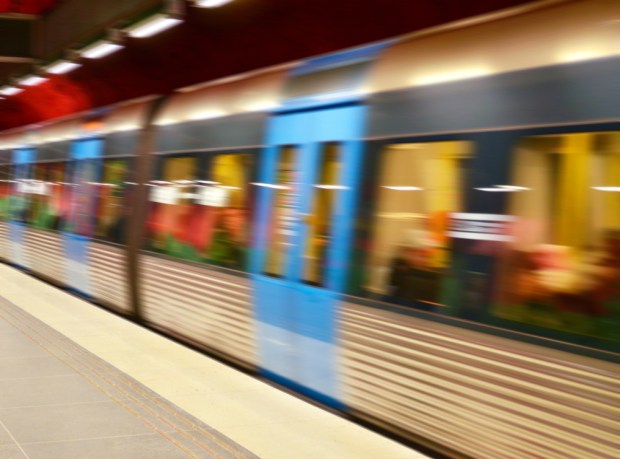Visa, Planeta Fast-Track Contactless Mass Transit Payments

Visa and Planeta said on Monday (Feb. 25) that they have launched new technology that speeds contactless payments for mass transit and lowers the cost for transit organizations and operators to offer that payment option.
In a press release, the companies said the Visa Secure Access Module (SAM) helps those enterprises facilitate contactless payments through contactless cards, phones and wearable devices.
Visa noted that it has, over the past year, helped launch contactless transit solutions in 20 cities in 12 countries, with 150 projects currently ongoing.
Visa and Planeta Informatica said they have partnered with Ingenico Group to implement Visa SAM, with an eye on launching contactless transit with Metro Rio in late April, building on Ingenico’s existing contactless terminals.
The card giant said that for operators that have invested in turnstiles and terminal readers, Visa SAM can improve the customer experience, reduce ticket overheads and increase ridership. Visa SAM is available to all Visa Ready partners, is based on secure EMV contactless technology and does not require additional hardware, as it can be installed directly into existing systems.
Visa said, too, that according to “The Future of Transportation: Mobility in the Age of the Megacity,” commuters said the average use of mass transit would increase by as much as 27 percent if it was easier to pay.
“This is a transformational development for public transit operators that want to improve their customers’ journeys and reduce their operational costs by removing the need for tickets or topping up fare cards,” said Nick Mackie, global head of urban mobility for Visa, in a statement on Monday. “Through our work with Planeta Informatica, we have pioneered a way to accelerate the shift to contactless transit that is scalable and highly secure, while generating time and cost savings for transit operators by removing the hurdles of replacing potentially thousands of transit readers across the transport system.”
